Home>Home Appliances>Home Automation Appliances>What Happens If Thermostat Is Not Working
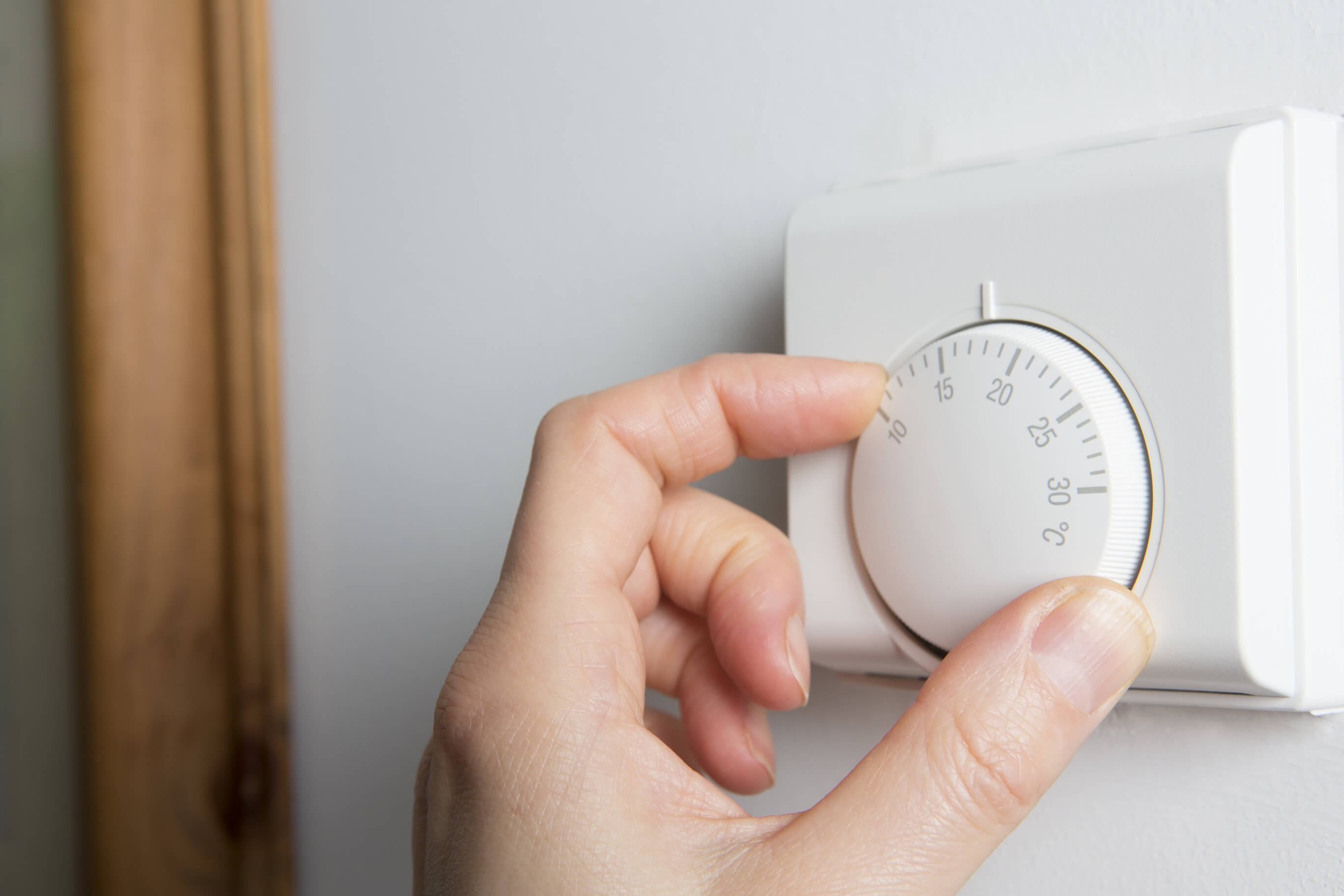

Home Automation Appliances
What Happens If Thermostat Is Not Working
Modified: January 6, 2024
Discover the consequences of a malfunctioning thermostat for your home automation appliances. Learn how to troubleshoot and resolve this issue effectively.
(Many of the links in this article redirect to a specific reviewed product. Your purchase of these products through affiliate links helps to generate commission for Storables.com, at no extra cost. Learn more)
Introduction
Welcome to the heart of your home's comfort control – the thermostat. This unassuming device plays a pivotal role in regulating the temperature of your living space, ensuring that you stay cozy in the winter and cool in the summer. However, what happens if this essential component malfunctions? In this article, we will delve into the intricacies of thermostats, explore the warning signs of a faulty unit, and discuss the potential consequences of a malfunctioning thermostat. Additionally, we will provide actionable steps to take if you find yourself facing this predicament.
Your thermostat is the conductor of your home's climate orchestra, orchestrating the seamless transition between heating and cooling to maintain a harmonious indoor environment. Understanding the inner workings of this device is crucial for recognizing when it's not performing optimally and taking the necessary measures to rectify the situation.
So, let's embark on this enlightening journey to unravel the mysteries of thermostats and equip ourselves with the knowledge to troubleshoot any issues that may arise. Whether you're a seasoned homeowner or just beginning to explore the realm of home automation, this guide will empower you to navigate the nuances of thermostat functionality with confidence.
Key Takeaways:
- A malfunctioning thermostat can lead to energy waste, discomfort, and potential damage to HVAC systems. Recognizing warning signs and taking proactive steps can prevent these consequences and maintain a comfortable home environment.
- Homeowners can troubleshoot thermostat issues by checking power sources, recalibrating, and verifying wiring connections. Upgrading to a smart thermostat can enhance energy efficiency and climate control precision.
Read more: What Happens If My Thermostat Batteries Died
Understanding the Thermostat
Before delving into the potential issues and remedies, it’s essential to comprehend the fundamental role of a thermostat. At its core, a thermostat serves as the control center for your heating, ventilation, and air conditioning (HVAC) system, allowing you to set and maintain the desired indoor temperature.
Modern thermostats come in various forms, including traditional dial thermostats, digital thermostats, programmable thermostats, and smart thermostats. Each type offers unique features and levels of precision in temperature regulation. While traditional thermostats require manual adjustment, digital and smart thermostats provide advanced scheduling capabilities and remote access through smartphone apps or voice commands.
Thermostats operate based on the principle of thermal expansion, utilizing a temperature-sensitive bi-metal coil or a thermistor to detect changes in the surrounding air. When the temperature deviates from the set point, the thermostat triggers the HVAC system to activate, circulating warm or cool air to restore equilibrium.
Understanding the wiring configuration of your thermostat is also crucial, as it determines how it communicates with the HVAC system. Common wire labels include “R” (power), “W” (heating), “Y” (cooling), “G” (fan), and “C” (common). Familiarizing yourself with these connections can aid in diagnosing potential issues and troubleshooting electrical malfunctions.
Moreover, the location of your thermostat within the home can influence its performance. Placing the thermostat near drafty areas, direct sunlight, or heat-emitting appliances can lead to inaccurate temperature readings, prompting the HVAC system to overcompensate or underperform.
By grasping the intricate mechanisms and diverse functionalities of thermostats, homeowners can gain a deeper appreciation for these unassuming devices and harness their full potential to optimize indoor comfort and energy efficiency.
Signs of a Faulty Thermostat
Recognizing the warning signs of a malfunctioning thermostat is pivotal in preempting potential disruptions to your home’s climate control. While thermostats are designed to operate seamlessly, they can exhibit symptoms of wear and tear over time, signaling the need for attention and, in some cases, professional intervention.
- Inaccurate Temperature Readings: One of the most prevalent indications of a faulty thermostat is erratic temperature readings. If you notice significant disparities between the displayed temperature and the actual ambient conditions, it could signify a calibration issue or a sensor malfunction within the thermostat.
- Unresponsive Controls: A non-responsive thermostat, characterized by unyielding buttons or unchanging display settings, may point to internal electrical faults or a loss of connectivity with the HVAC system.
- Short Cycling: Short cycling refers to rapid and frequent HVAC system activations and deactivations, often resulting from a malfunctioning thermostat. This erratic cycling can lead to energy inefficiency and premature wear on the HVAC components.
- Inconsistent Heating or Cooling: If your home experiences uneven temperature distribution or struggles to reach the designated set point, the thermostat could be at fault. Inadequate heating or cooling output may stem from faulty temperature sensors or wiring issues.
- Lack of Power: A blank or unlit display on the thermostat may indicate a power supply problem, potentially caused by dead batteries, electrical circuit disruptions, or wiring faults.
- Failure to Activate HVAC System: When the thermostat fails to trigger the heating or cooling system in response to temperature adjustments, it may signify internal malfunctions or communication breakdown with the HVAC equipment.
These warning signs serve as red flags for potential thermostat malfunctions, prompting homeowners to address the underlying issues promptly. Ignoring these indicators can lead to discomfort, energy wastage, and potential damage to the HVAC system. By remaining vigilant and attentive to these telltale signs, homeowners can take proactive measures to rectify thermostat-related issues and restore optimal functionality to their climate control systems.
If your thermostat is not working, try replacing the batteries first. If that doesn’t work, check the circuit breaker and make sure the thermostat is clean and level. If the issue persists, it may be time to call a professional for repair or replacement.
Potential Consequences of a Malfunctioning Thermostat
When a thermostat malfunctions, the repercussions can extend beyond mere inconvenience, potentially impacting both comfort and energy consumption within the home. Understanding the potential consequences of a malfunctioning thermostat is crucial for preempting adverse effects and preserving the efficiency of your HVAC system.
Energy Inefficiency: A malfunctioning thermostat can lead to prolonged HVAC system operation, resulting in excessive energy consumption and elevated utility bills. Inaccurate temperature readings or uncontrolled short cycling can cause the system to operate inefficiently, consuming more energy than necessary.
Comfort Disruptions: Erratic temperature control stemming from a faulty thermostat can lead to discomfort within the living space. Inconsistent heating or cooling, coupled with unresponsive controls, can create an environment that fails to meet the occupants’ comfort expectations, especially during extreme weather conditions.
Excessive Wear on HVAC Components: Short cycling, a common consequence of thermostat malfunctions, can accelerate wear and tear on the HVAC system’s components. The frequent start-stop cycles place undue stress on the compressor, blower motor, and other vital elements, potentially leading to premature equipment failure.
Temperature Extremes: A malfunctioning thermostat may inadvertently subject the home to temperature extremes, such as excessively high or low indoor temperatures. This not only compromises comfort but can also impact the longevity of furnishings, electronic devices, and even certain household plants.
Increased Maintenance Costs: Addressing the aftermath of a malfunctioning thermostat, such as repairing or replacing damaged HVAC components, can result in additional maintenance expenses. Timely intervention to rectify thermostat-related issues can mitigate the risk of extensive and costly repairs down the line.
Environmental Impact: Excessive energy consumption due to a malfunctioning thermostat contributes to a larger carbon footprint, leading to unnecessary strain on natural resources and the environment. By maintaining a well-functioning thermostat, homeowners can minimize their ecological footprint and promote sustainable energy usage.
By comprehending the potential ramifications of a malfunctioning thermostat, homeowners can appreciate the urgency of addressing any detected issues. Proactive measures, such as regular thermostat maintenance and timely repairs, can mitigate these consequences, fostering a comfortable indoor environment while promoting energy efficiency and prolonging the lifespan of the HVAC system.
Steps to Take If Your Thermostat Is Not Working
Encountering a malfunctioning thermostat can be a disconcerting experience, but there are several steps you can take to diagnose and address the issue effectively. By following these proactive measures, homeowners can troubleshoot common thermostat problems and restore optimal functionality to their HVAC systems.
- Check Power Sources: Begin by ensuring that the thermostat has a reliable power source. Replace the batteries if applicable, and inspect the circuit breaker or fuse box to verify that the thermostat’s electrical connection is intact.
- Calibrate the Thermostat: If the displayed temperature readings seem inaccurate, consider recalibrating the thermostat. Refer to the manufacturer’s instructions for guidance on adjusting the temperature offset or performing a recalibration procedure.
- Inspect Wiring Connections: Carefully examine the wiring connections at the thermostat and the HVAC system to identify any loose, corroded, or damaged wires. Securely reattach or replace any compromised wires to restore proper electrical connectivity.
- Test Temperature Sensors: Test the accuracy of the thermostat’s temperature sensors by comparing the displayed temperature with a separate thermometer placed nearby. If there is a significant variance, the sensors may require recalibration or replacement.
- Reset the Thermostat: Many thermostat models feature a reset button or a reset procedure outlined in the user manual. Performing a reset can help clear any internal malfunctions and restore the thermostat to its default settings.
- Verify HVAC System Compatibility: Confirm that the thermostat is compatible with your HVAC system. Incompatibility issues can lead to erratic behavior and operational malfunctions. Consult with a professional if you suspect compatibility issues.
- Upgrade to a Smart Thermostat: Consider upgrading to a smart thermostat, which offers advanced features, remote accessibility, and precise temperature control. Smart thermostats can enhance energy efficiency and provide valuable insights into your home’s climate management.
- Seek Professional Assistance: If the aforementioned steps do not resolve the issue, or if you are uncomfortable performing troubleshooting tasks, enlist the expertise of a certified HVAC technician. Professional diagnosis and repairs can address complex thermostat malfunctions and ensure the seamless operation of your HVAC system.
By diligently following these steps and exercising caution when inspecting and manipulating the thermostat and HVAC wiring, homeowners can navigate the challenges of a malfunctioning thermostat with confidence. Additionally, proactive maintenance and periodic inspections can help prevent future thermostat-related issues, fostering a reliable and efficient climate control system within the home.
Conclusion
As the custodian of your home’s climate regulation, the thermostat plays a pivotal role in sustaining comfort and energy efficiency. By understanding the intricacies of thermostat functionality and recognizing the warning signs of malfunctions, homeowners can proactively address potential issues and preserve the optimal performance of their HVAC systems.
From inaccurate temperature readings to unresponsive controls, the signs of a faulty thermostat serve as valuable indicators, prompting homeowners to take decisive action. Timely diagnosis and remediation of thermostat-related issues can avert the potential consequences of energy inefficiency, comfort disruptions, and undue strain on HVAC components.
When faced with a malfunctioning thermostat, homeowners can leverage a series of troubleshooting steps to identify and rectify common problems. From checking power sources and recalibrating the thermostat to verifying wiring connections and seeking professional assistance, these measures empower homeowners to navigate thermostat-related challenges with efficacy and confidence.
Embracing the advancements in thermostat technology, such as smart thermostats, can further enhance climate control precision and energy management, offering homeowners a comprehensive solution for optimizing indoor comfort and minimizing energy consumption.
Ultimately, by nurturing a deeper understanding of thermostat functionality and diligently addressing any detected malfunctions, homeowners can foster a harmonious and energy-efficient living environment. Through proactive maintenance, periodic inspections, and informed decision-making, the thermostat can continue to serve as a steadfast guardian of home comfort, ensuring that every season brings a perfect balance of warmth and coolness to your cherished abode.
So, as you navigate the realm of home automation and climate control, remember that the thermostat is not just a humble device on your wall – it’s a cornerstone of comfort and efficiency, ready to adapt to your needs and safeguard your home’s well-being.
Frequently Asked Questions about What Happens If Thermostat Is Not Working
Was this page helpful?
At Storables.com, we guarantee accurate and reliable information. Our content, validated by Expert Board Contributors, is crafted following stringent Editorial Policies. We're committed to providing you with well-researched, expert-backed insights for all your informational needs.
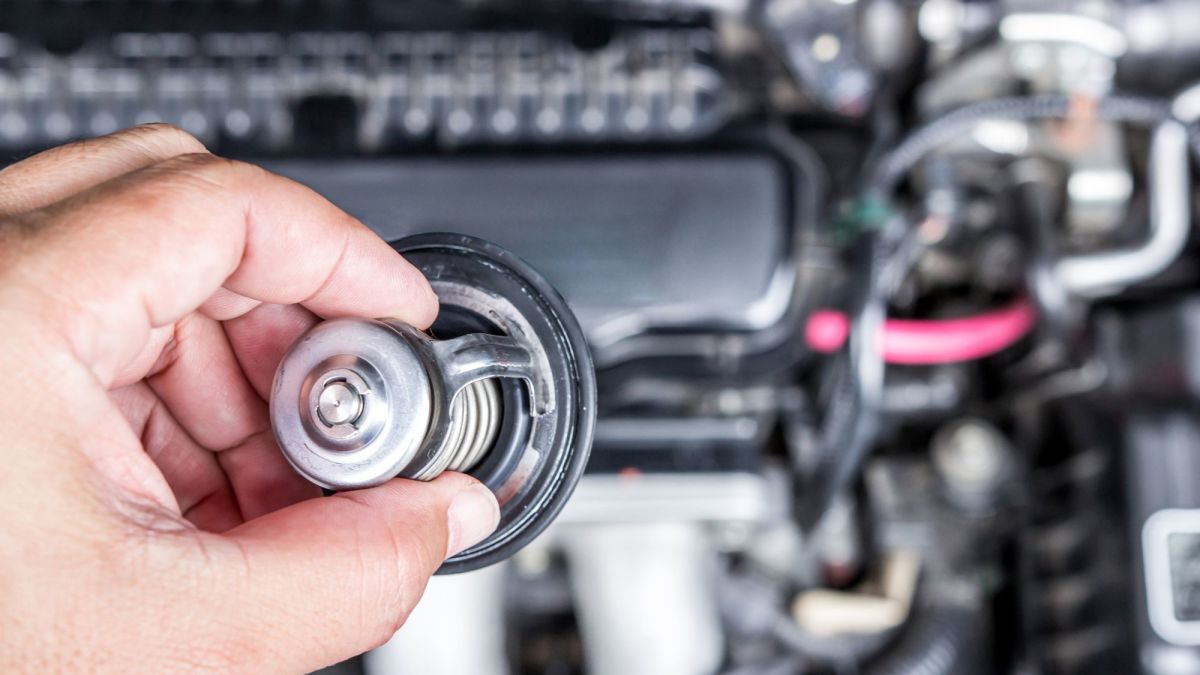

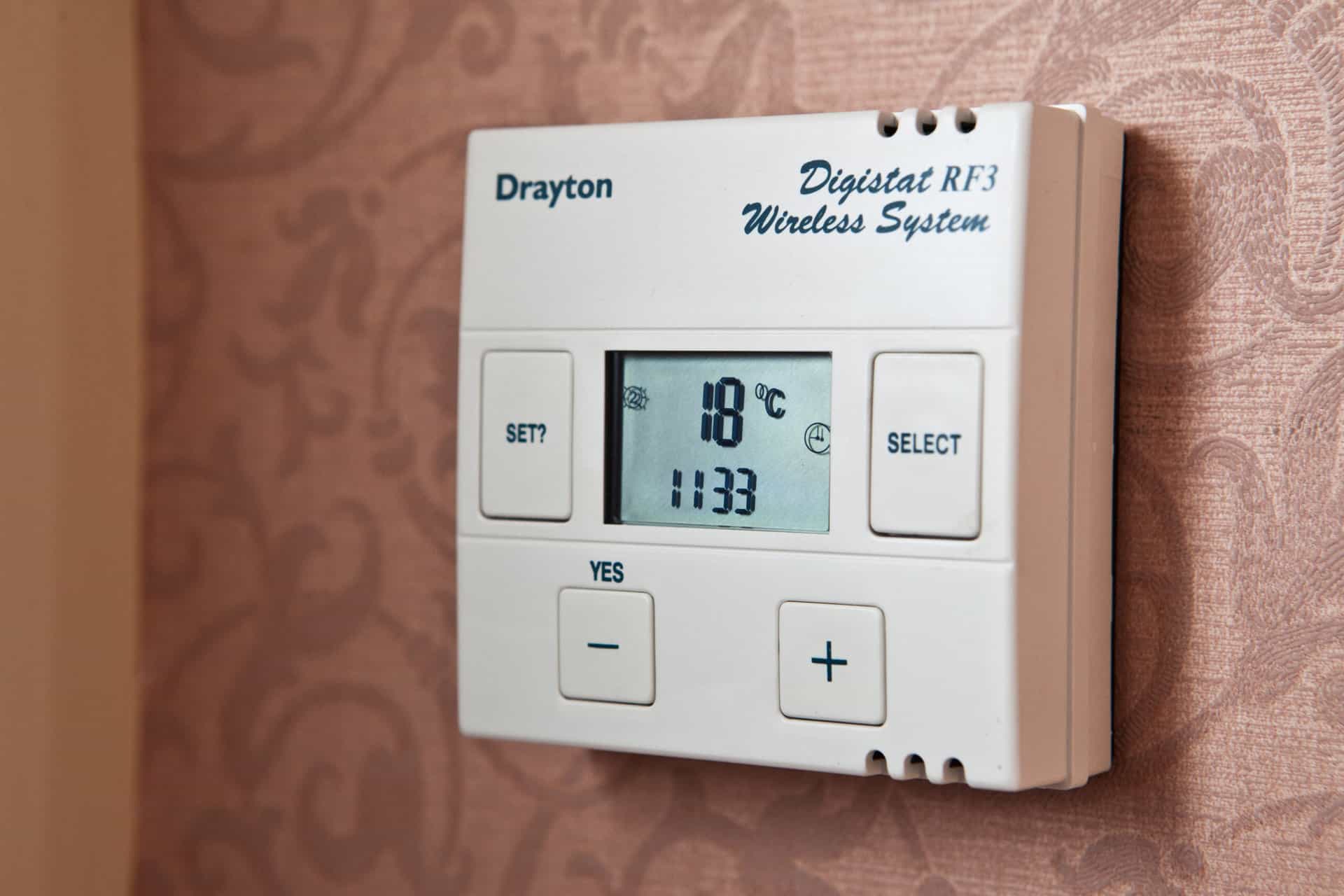
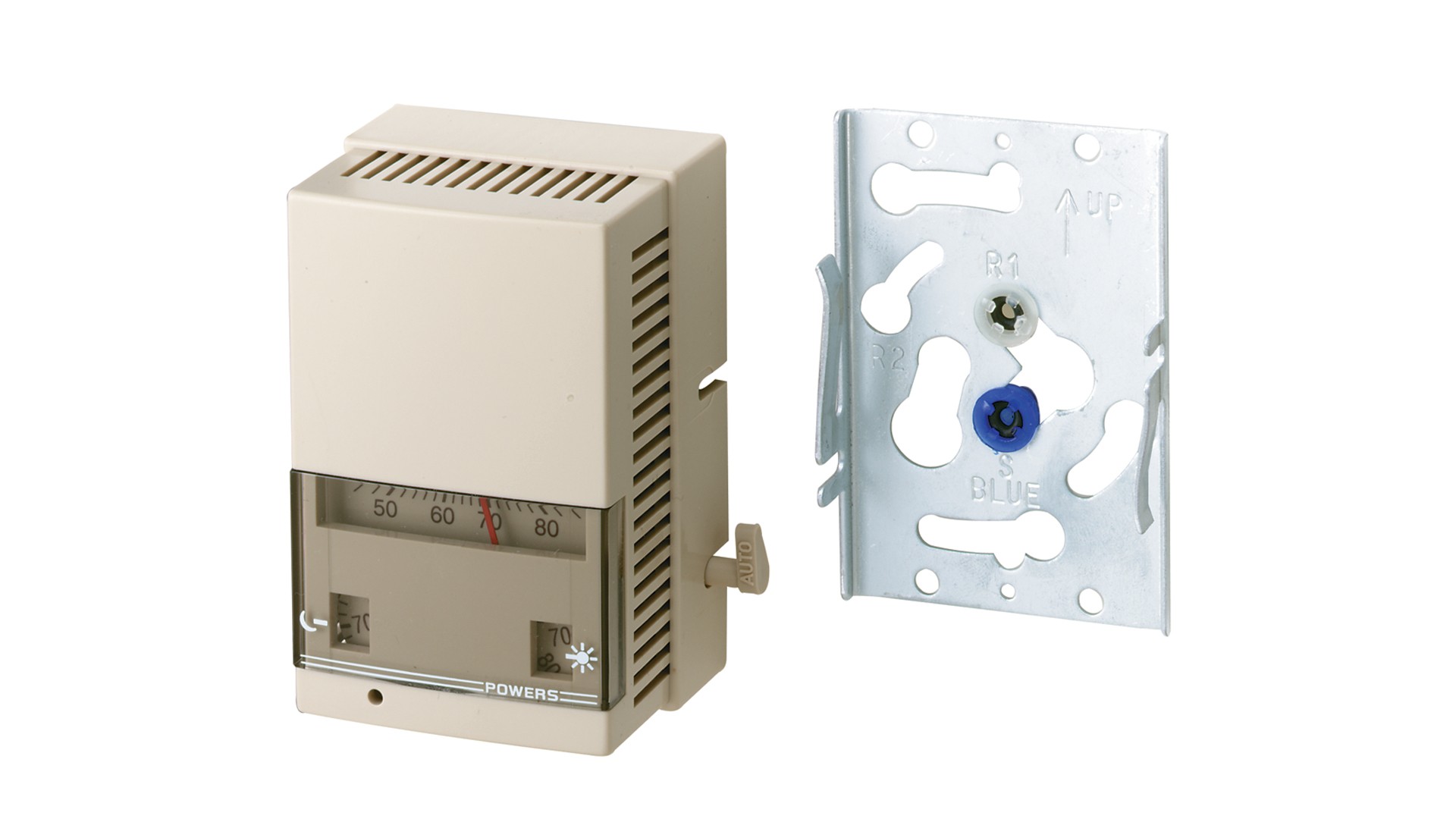
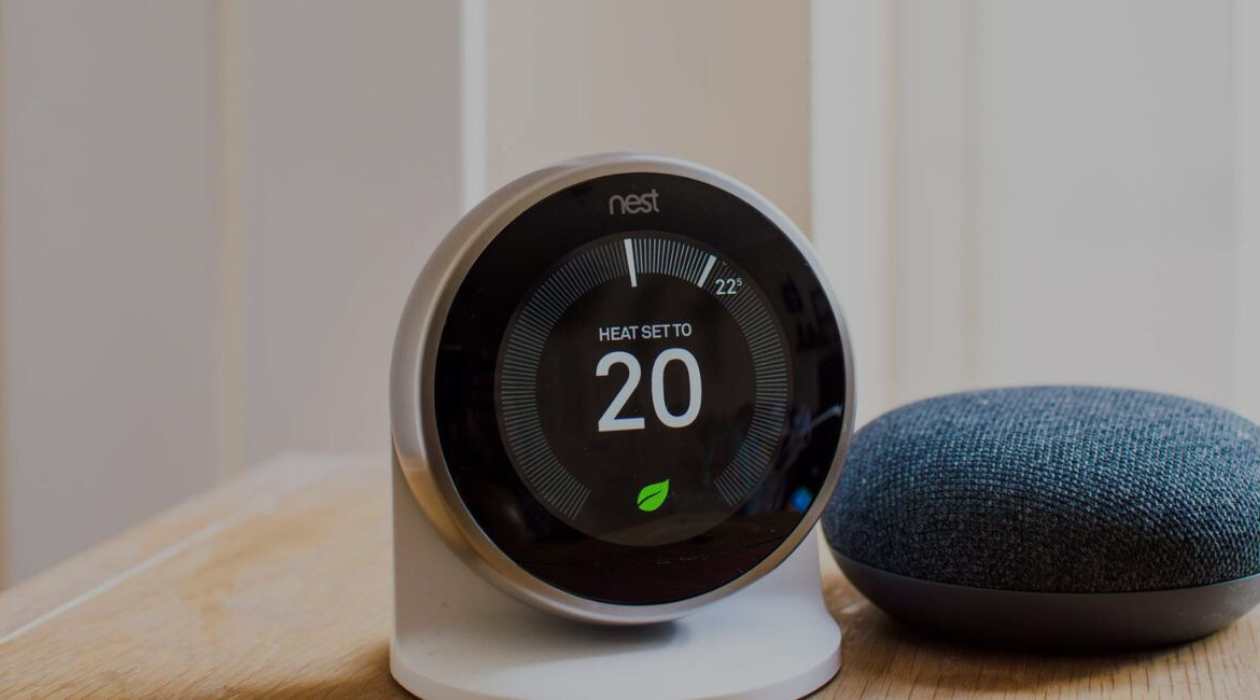
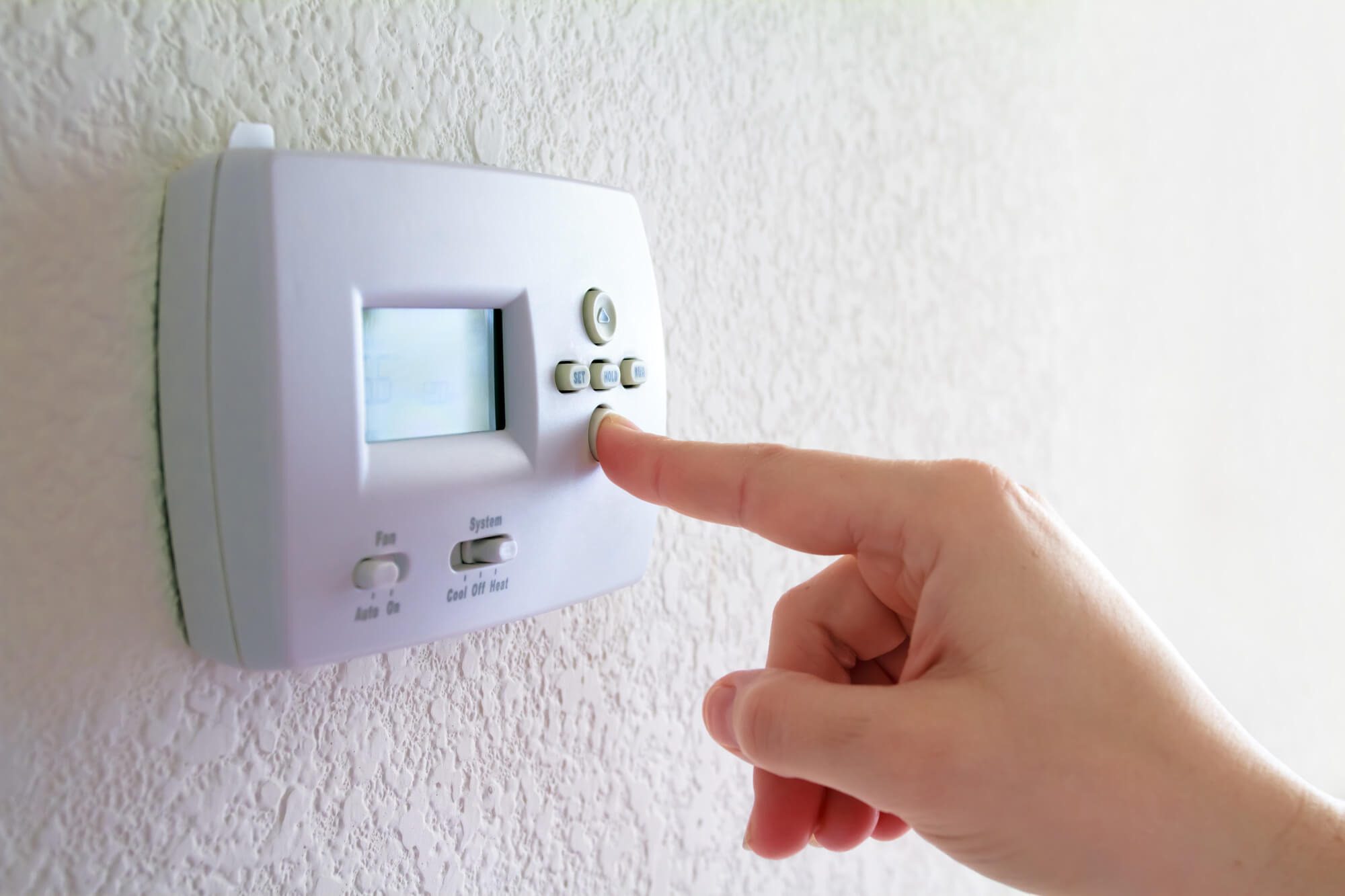
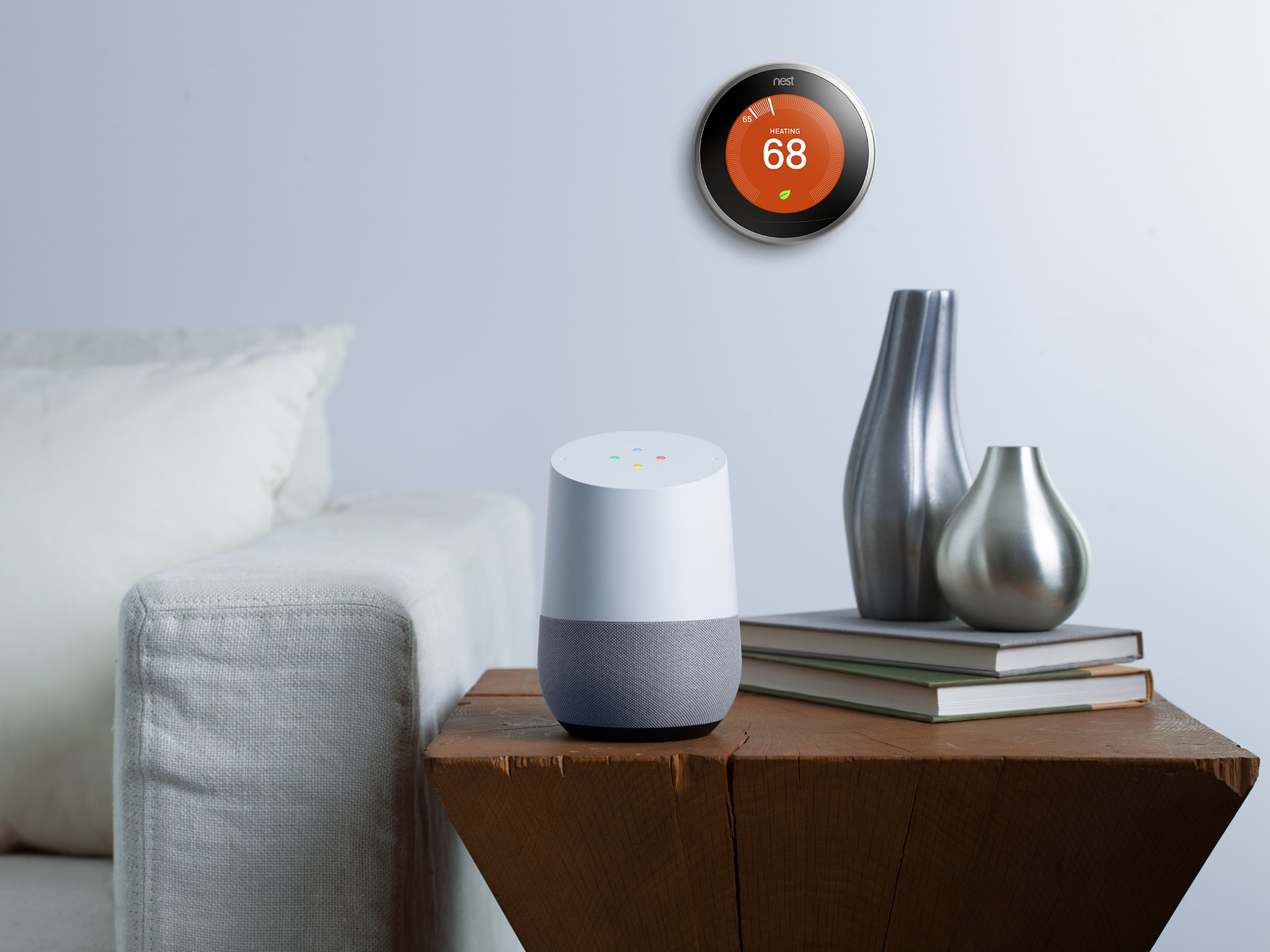
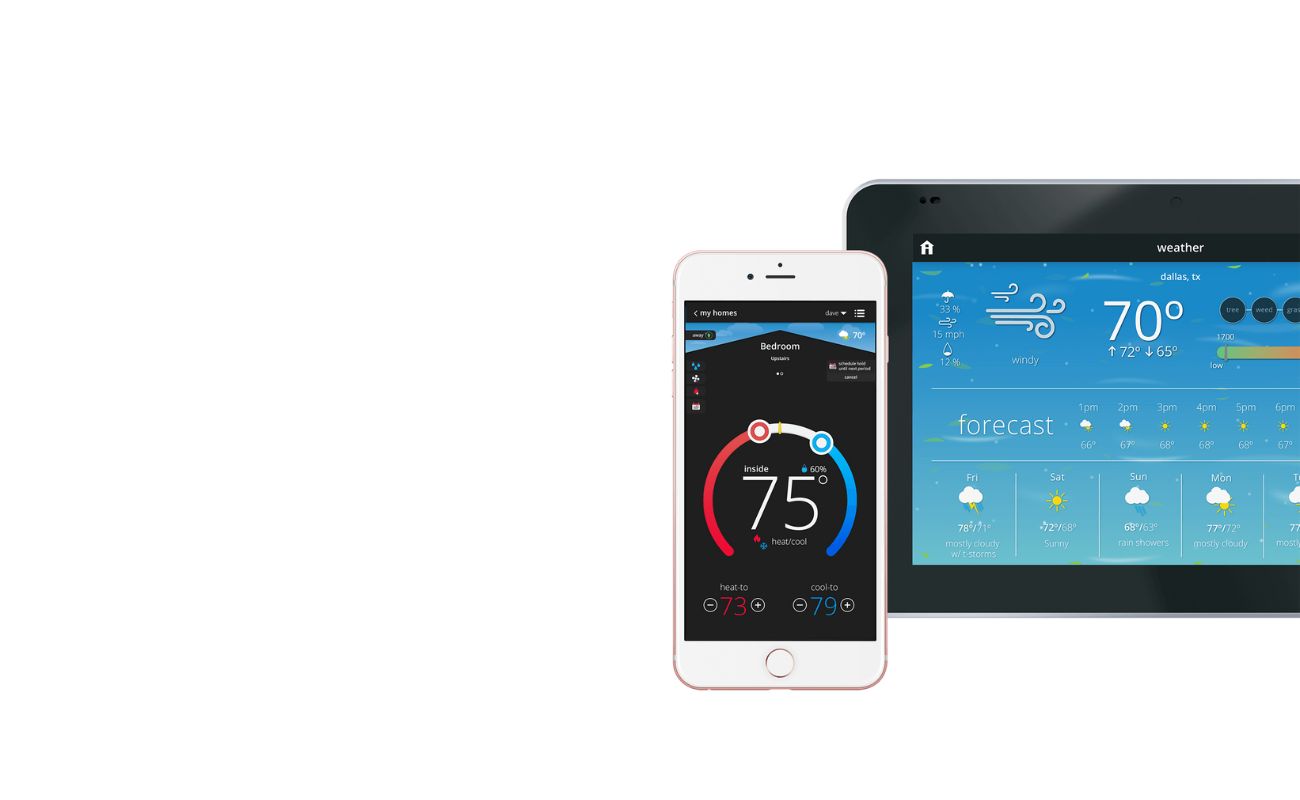
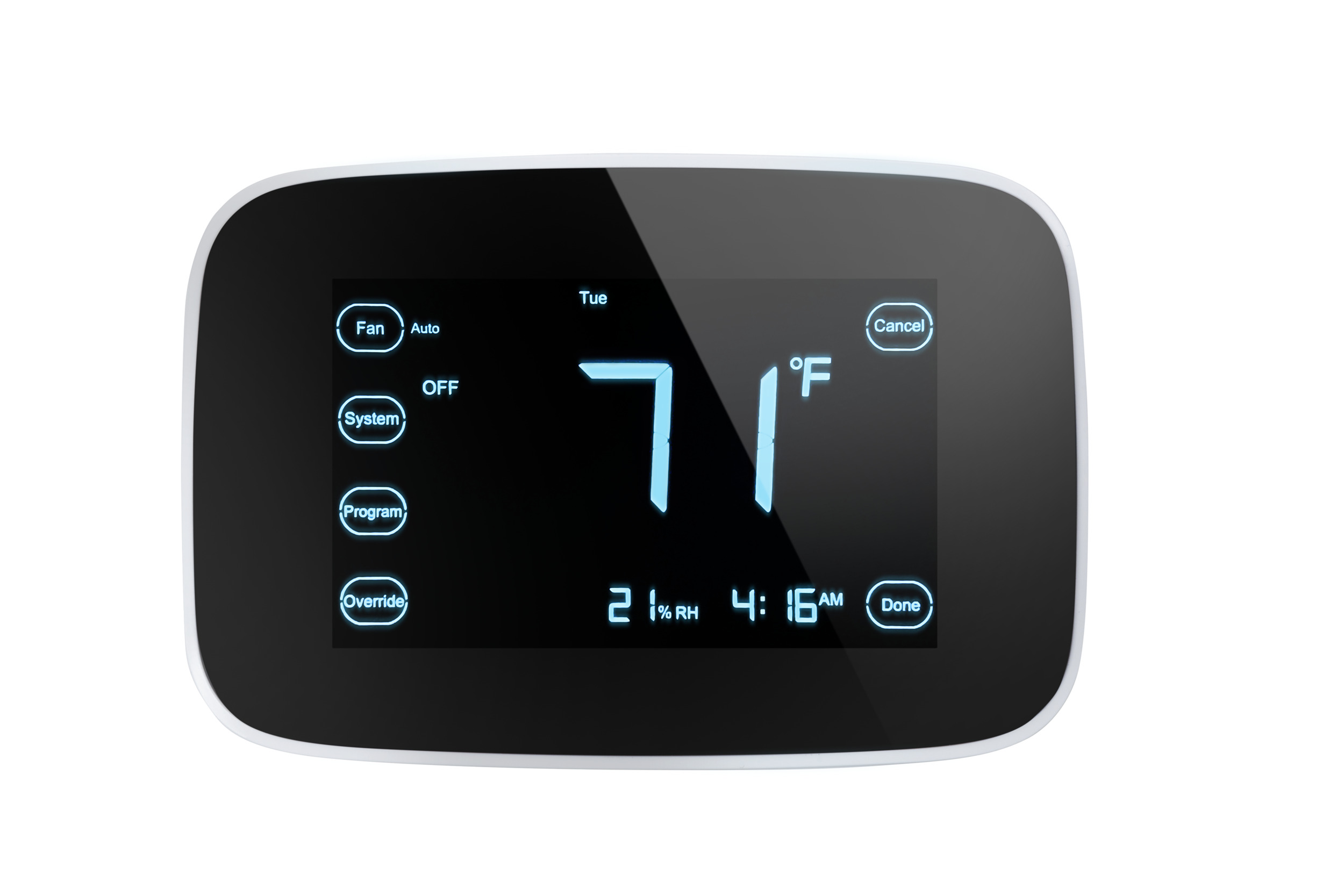
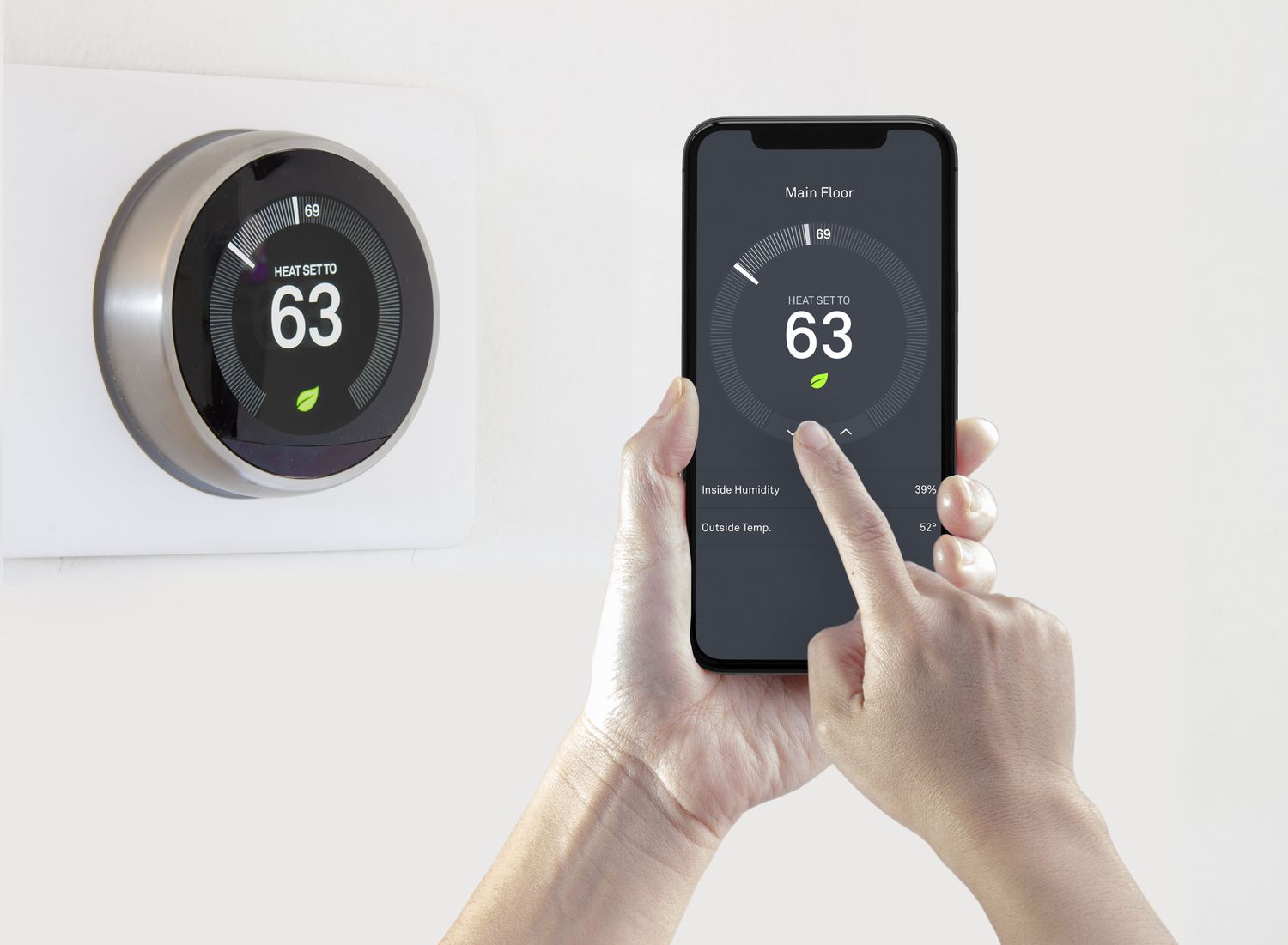
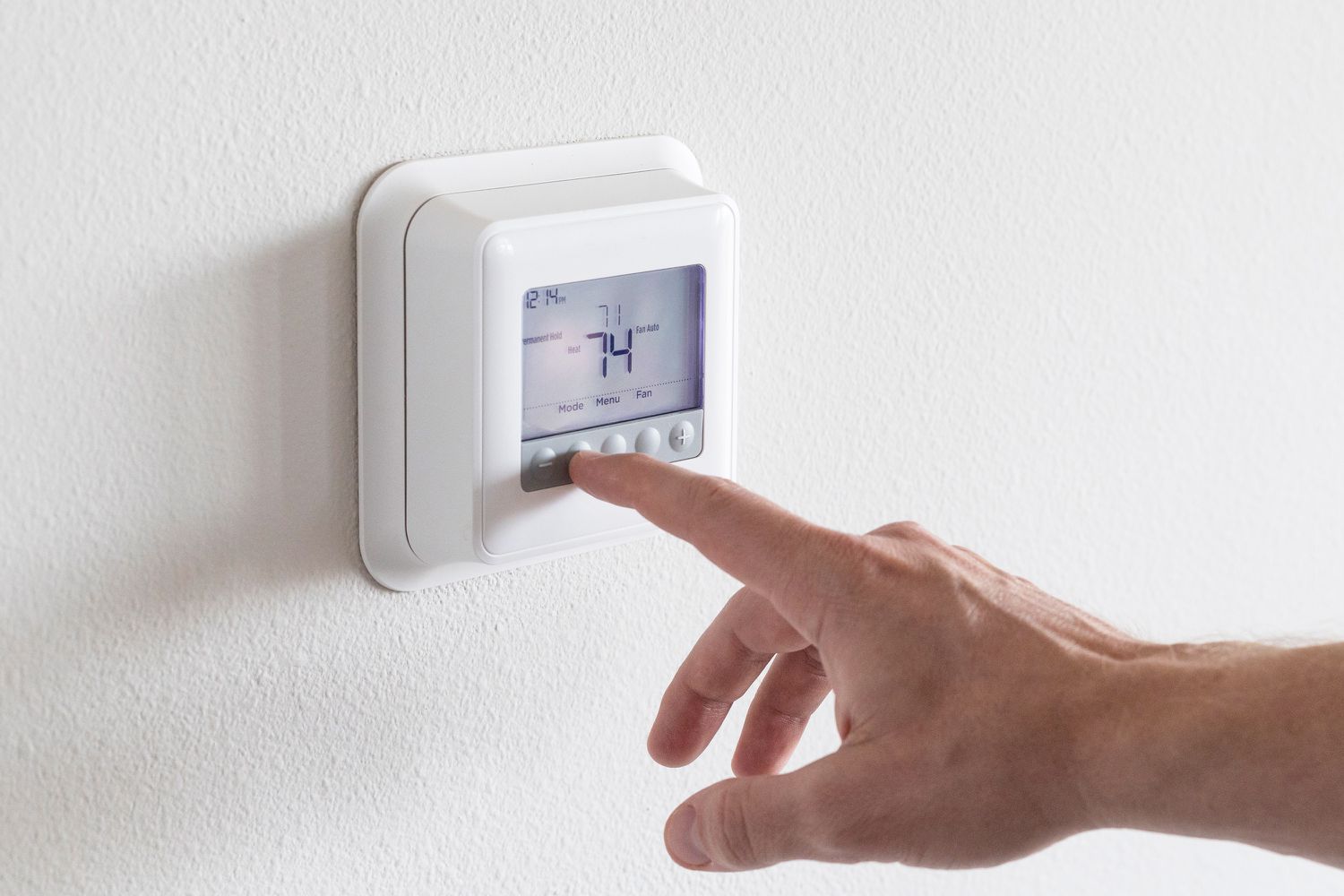
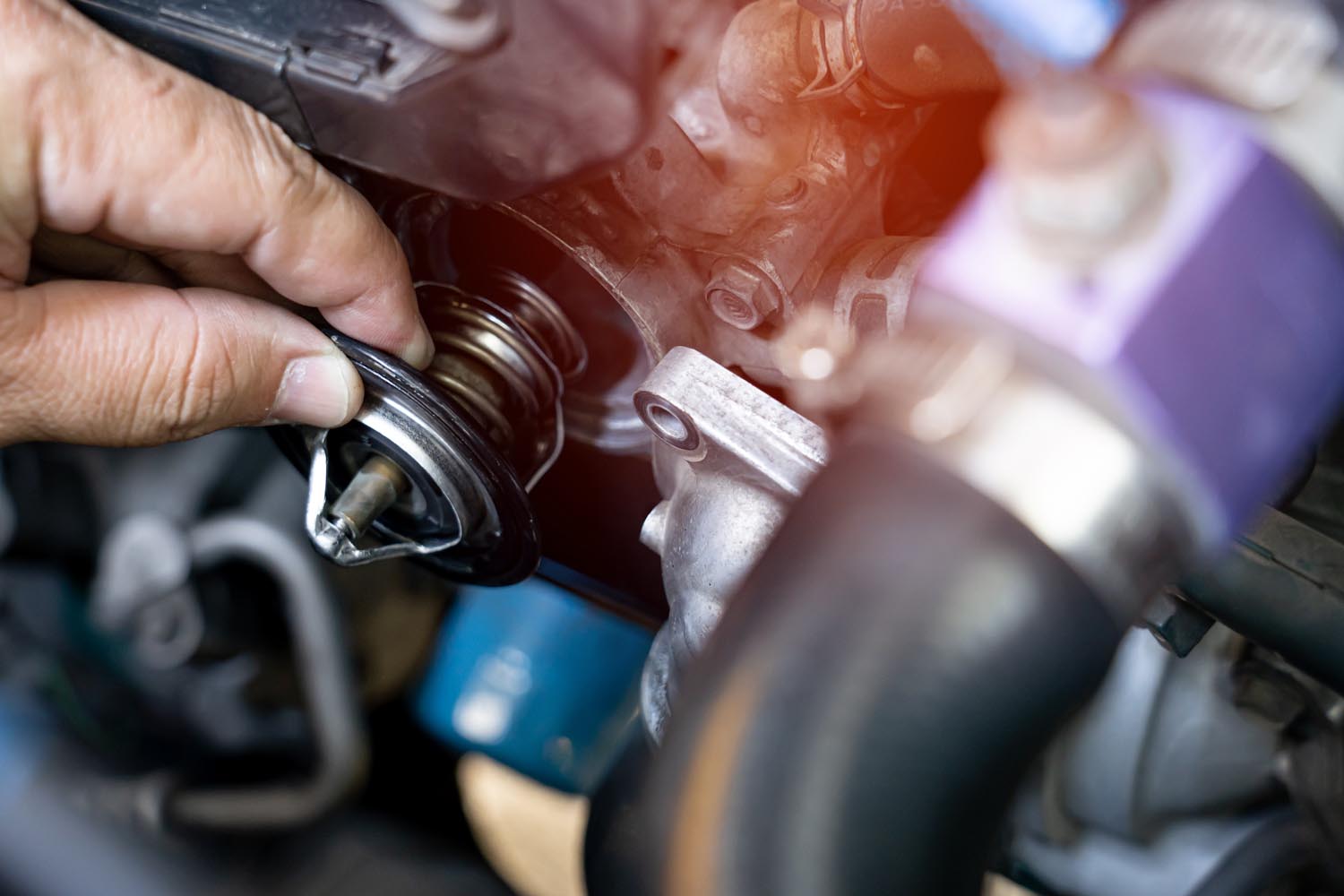
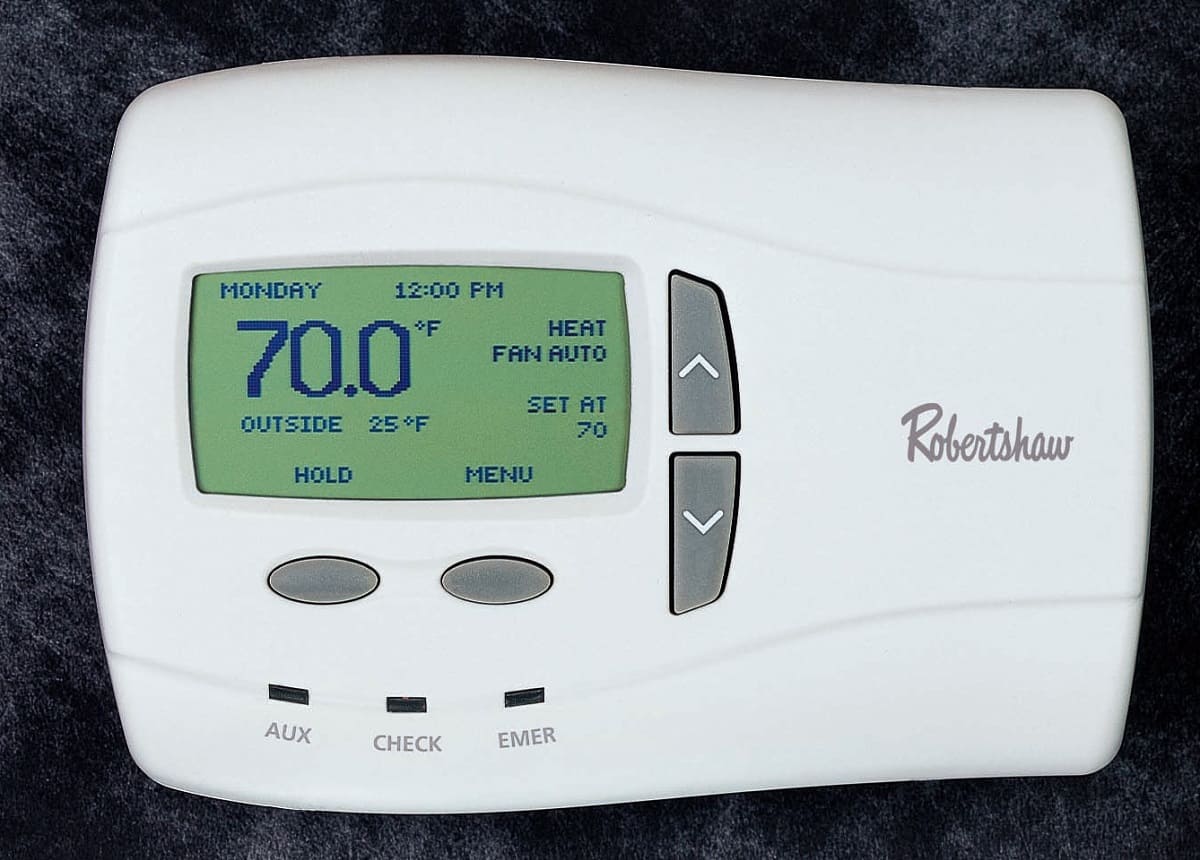


0 thoughts on “What Happens If Thermostat Is Not Working”